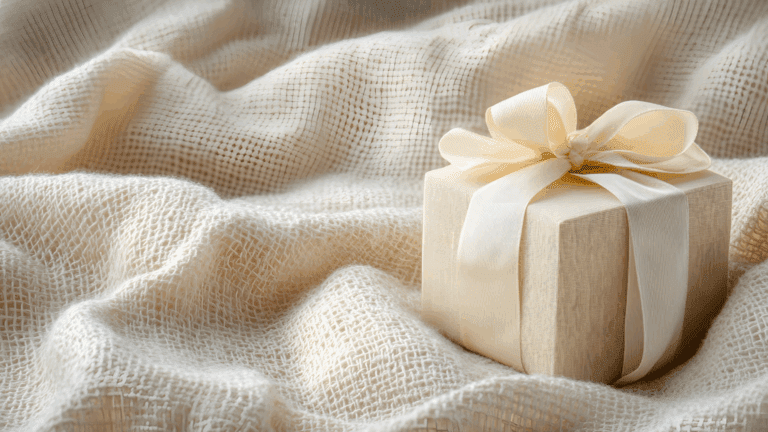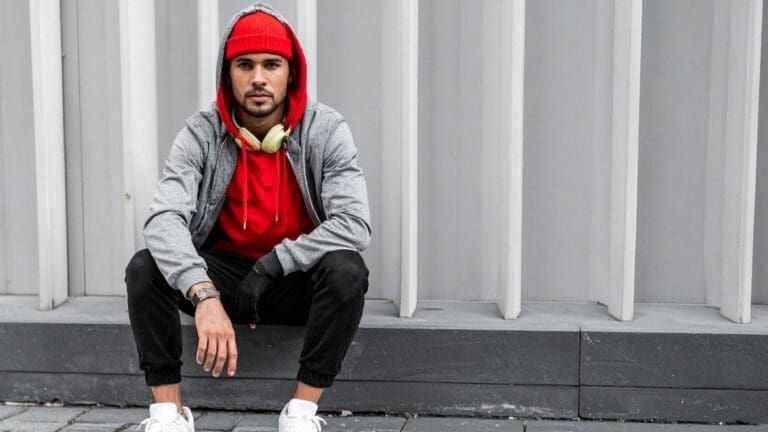Portal de noticias de España y el mundo, tendencias y temas de interés actualizados

Fashion is more than just clothing. It is a reflection of culture, identity, and creativity. Bohemian fashion, with its roots in artistic and free-spirited movements, has evolved over the years into a style that embraces comfort, elegance, and sustainability. Flowing fabrics, natural tones, and intricate craftsmanship define this aesthetic that continues to inspire people worldwide.
1. The Origins of Bohemian Fashion
The bohemian style dates back to the 19th century, influenced by artists, writers, and nomadic groups who rejected mainstream fashion in favor of comfort and individuality. Over time, it became associated with countercultural movements, particularly in the 1960s and 1970s, when free-flowing silhouettes and natural materials symbolized a rejection of societal constraints. Today, it remains a timeless expression of creativity and independence.
Bohemian fashion evolved as a response to rigid fashion norms. The Romantics of the early 19th century first embraced an anti-establishment approach to clothing, favoring loose-fitting garments and rich textures. Later, during the hippie movement of the 1960s and 1970s, bohemian fashion became synonymous with self-expression and cultural exploration. The use of ethnic prints, fringe details, and handcrafted pieces flourished, shaping the bohemian aesthetic we know today.
2. What Makes Bohemian Fashion Unique?
Bohemian fashion is all about effortless beauty and a deep connection with nature. It stands out for its use of high-quality, breathable fabrics, handcrafted details, and earthy color palettes. Each piece tells a story of artistry and authenticity. Explore the beauty of handcrafted dresses.
- Lightweight, natural fabrics such as cotton, linen, and silk.
- Intricate embroidery, lacework, and artisanal craftsmanship.
- Earth-inspired tones, floral prints, and vintage elements.
- Comfortable silhouettes that allow ease of movement.
Unlike other fashion trends, bohemian fashion values craftsmanship and uniqueness over mass production. Many boho-chic pieces are handmade, featuring intricate details like crochet, beadwork, or embroidery, adding authenticity and character to the garments.
3. The Best Fabrics for a Bohemian Wardrobe
Choosing the right fabrics is essential for achieving the perfect bohemian look. The focus is on comfort, sustainability, and elegance. Here are some of the most popular fabrics in bohemian fashion.
- Cotton. Soft, breathable, and perfect for everyday wear.
- Linen. Lightweight and airy, ideal for warm climates.
- Silk. Adds a touch of luxury and effortless movement.
- Chiffon. Flowy and romantic, often used in dresses and skirts.
- Velvet. Rich in texture, perfect for colder seasons.
Sustainability is a growing focus in bohemian fashion. Many designers are now incorporating organic and recycled fabrics into their collections, ensuring that style does not come at the cost of the environment. Ethical fashion brands are redefining bohemian clothing by emphasizing slow fashion, fair trade, and eco-friendly materials. Discover timeless bohemian fashion.
4. The Evolution of Bohemian Dresses
Bohemian dresses have always been a staple in this fashion movement. From vintage-inspired maxi dresses to modern, versatile designs, they remain a symbol of effortless elegance. Over time, different variations have emerged to suit various styles and occasions.
- Peasant dresses. Loose-fitting with embroidered details.
- Wrap dresses. Flattering and adaptable for any body shape.
- Tiered maxi dresses. Light, flowy, and perfect for layering.
- Lace and crochet dresses. Delicate and feminine with artistic details.
Maxi dresses, in particular, are a favorite among bohemian fashion enthusiasts. Their long, flowing silhouettes exude grace and movement, making them ideal for casual outings or special occasions. Additionally, layering plays a significant role in bohemian fashion, allowing individuals to mix textures, lengths, and fabrics to create an eclectic yet harmonious look.
5. How Bohemian Fashion Adapts to Trends
While rooted in history, bohemian fashion continues to evolve, blending tradition with modern influences. Current trends see an increased focus on sustainability, vintage revival, and personalized styling. Ethical brands are incorporating eco-friendly fabrics, and handmade garments are gaining popularity among conscious consumers.
- Sustainable fabrics and ethical production.
- Revival of 1970s-inspired prints and silhouettes.
- Personalization through layering and unique accessories.
- Fusion with contemporary minimalism for a modern touch.
Accessories also play a crucial role in modern bohemian fashion. Items such as statement rings, feather earrings, wide-brim hats, and fringed handbags add depth to any outfit. Layering necklaces and stacking bracelets contribute to the bohemian philosophy of expressing one’s personality through fashion.
6. Why Bohemian Fashion is Here to Stay
Trends may come and go, but bohemian fashion remains relevant due to its emphasis on individuality, sustainability, and comfort. Its adaptability allows it to be reinterpreted by each new generation while preserving its artistic essence.
- A balance of tradition and modern style.
- A celebration of craftsmanship and cultural influences.
- An ongoing commitment to sustainable and ethical fashion.
The growing interest in vintage and second-hand fashion also contributes to the enduring appeal of bohemian style. Many boho lovers seek out pre-loved garments with history and character, further reinforcing the connection between sustainability and fashion.
7. Embrace the Art of Bohemian Style
Bohemian fashion is not just about what you wear; it is about self-expression, creativity, and a connection with the world around you. Whether through vintage-inspired dresses, flowing fabrics, or handcrafted details, this timeless style continues to captivate and inspire. Find inspiration in sustainable fashion.
Bohemian style is about embracing imperfections and celebrating individuality. Whether incorporating handmade pieces, supporting ethical fashion brands, or mixing textures and patterns, this aesthetic allows for endless possibilities. It is not dictated by fleeting trends but rather by the spirit of those who wear it.



